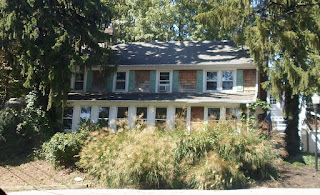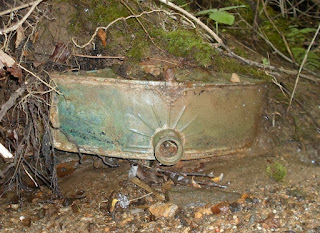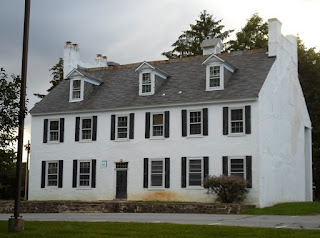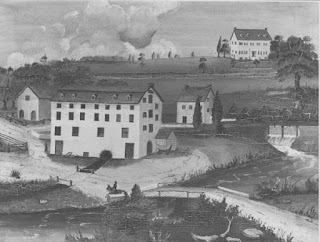The Beginnings of Roseville Park
Roseville Park, 1937 Because, yes, I am this easily distracted, I wanted to post a few things about the early days of Roseville Park. This was brought to my attention by a comment by Bill Harris, who linked to this article in the News Journal (link may or may not work for you). The gist of it is here: Planning for the neighborhood of Roseville Park got under way off Kirkwood Highway in 1928, with a few homes done before the Great Depression idled the project and uncounted others nationwide. The post-World War II boom saw many more homes built in the neighborhood – boasting the oldest continuous civic association in the state – and more recent building brought the total of homes to 179. From its start, when Kirkwood Highway was two slim lanes, the quiet, almost-hidden neighborhood near Polly Drummond Hill Road – one of the state’s first subdivisions, if not the first – welcomed residents and guests with a brick wall with end post tops engraved “Roseville” and “Park.” The point of the





